There can be your advertisement
300x150
How Designers Hide Outlets: 7 Secrets That Will Change Your Home
Making outlets nearly invisible without sacrificing convenience
When you look at photos of designer interiors, the first thing that catches your eye is perfect line clarity. No protruding cables, visible chargers or white square outlets disrupting the harmony. "Where do they charge their phones?" you wonder while admiring a flawless kitchen or living room. The secret is that professionals know how to make outlets nearly invisible, without compromising convenience.
Main points from the article:
- Outlets can be hidden in furniture, window sills, or even under the floor—knowing the technique is key;
- Charging boxes on the kitchen counter solve the problem of perpetually dead gadgets;
- Slide-out blocks in countertops save space and look futuristic;
- Floor outlets in corners are perfect for Christmas trees and floor lamps;
- The right outlet color can make it almost invisible;
- USB outlets without plugs are a trend that simplifies life.
Outlets in Furniture Niches — A Classic Approach
The most common way to hide outlets is to embed them into furniture depth. Designers place them inside cabinets, behind TV units, or in shelf nooks. Cables remain within the furniture and don't spoil the room's appearance.
This works especially well in the living room. Outlets for TV, router, and gaming consoles are hidden in a TV stand. In the bedroom, they're tucked inside bedside tables for charging gadgets. On the kitchen counter, they're built into the backs of appliance cabinets.
The main rule: an outlet should be 10–15 cm from the back wall of furniture so that plugs fit in easily and don’t bump into the wall. For this, either custom-made furniture is ordered to include communications, or special cutouts are made in ready-made pieces.
Slide-Out Blocks in Countertops — When Technology Amazes
This solution looks like magic: press an invisible button, and a block of outlets slides out from the countertop. When not in use, it sinks flush with the surface. No protruding elements, a perfectly flat countertop.
Slide-out blocks are particularly popular on the kitchen island. They are built into island countertops, window worktops, and bar counters. The cost of such a block starts at around 8000 rubles, but the effect is worth it.
It’s better to install slide-out blocks at the furniture manufacturing stage—otherwise, cutting holes in a finished countertop is risky. Especially if it’s natural stone or expensive quartz.
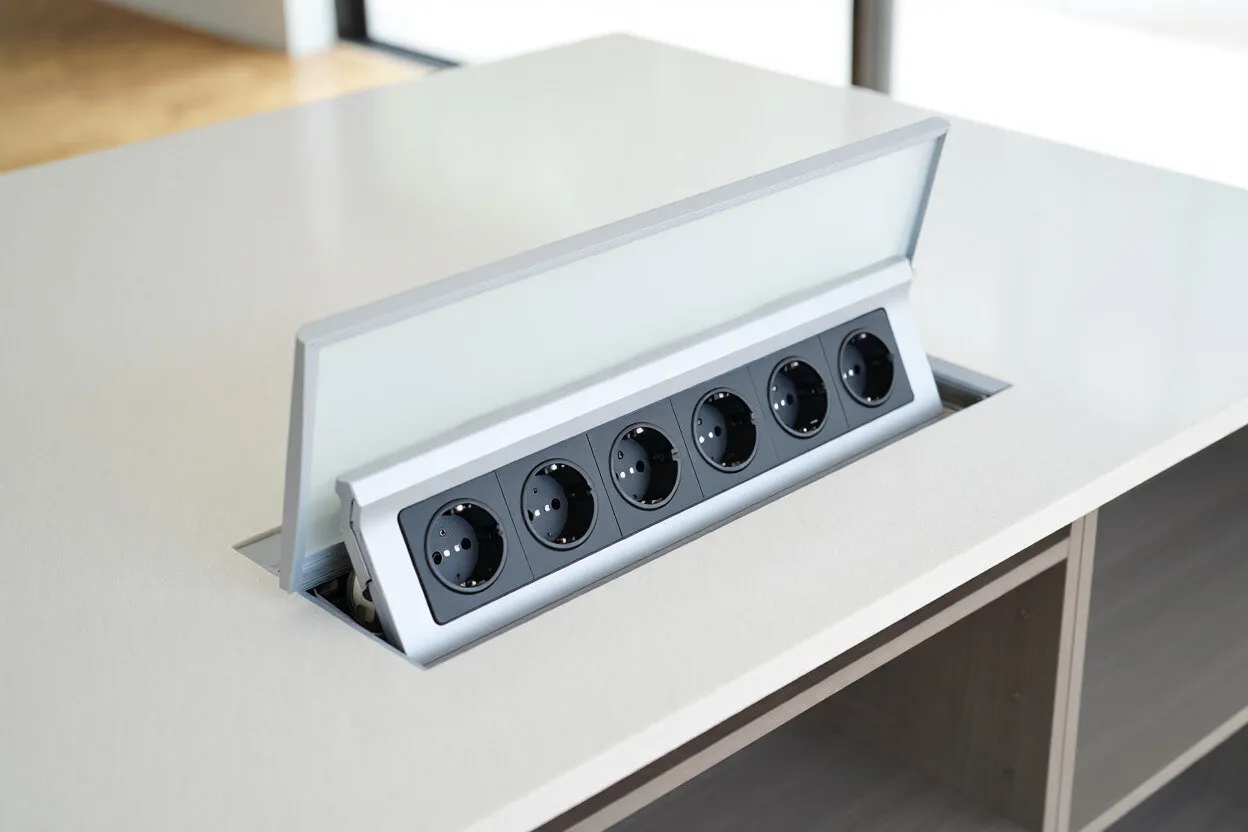
Charging Boxes on the Kitchen Counter — Order in Gadgets
Imagine: all chargers, tablets, and phones are in one place, charging and not interfering with cooking. A charging box is a regular kitchen cabinet with outlets inside and holes for cables.
It’s simple to make: install 2–3 outlets in any kitchen cabinet, drill small holes in the back wall for cables. Place gadget dividers inside and you're done. Phones charge, cables don’t tangle, and the countertop stays clear.
This kind of box is especially handy for families with children. All chargers in one place, nothing gets lost, and the kitchen looks neat. Refitting an existing cabinet costs about 3000 rubles.
Outlets in Window Sills — For Festive Atmosphere
A brilliant solution for those who love decorating windows with garlands. An outlet is embedded in the side of a window sill—it’s nearly invisible, especially if it's hidden behind curtains or sheer drapes.
These outlets help not only during New Year’s holidays. In summer, they can power a fan on the windowsill; in autumn, LED plant lights. In a child’s room—nightlight by the window.
Installing an outlet in a sill is best done during renovation, when it’s easy to run wiring. It’s possible in a finished sill too, but requires partial rework of the finish. Still, the result is worth it—no extension cords across the room.
Floor Outlets in Corners — Invisible Helpers
An outlet at floor level in a room corner is nearly invisible but very useful. Perfect for Christmas trees, floor lamps, humidifiers—anything that sits on the floor in a corner.
These outlets are concealed—they are sunk into the floor and covered by a lid when not in use. Open the lid, plug in, close it—back to a perfectly flat floor.
Floor outlets require special protection from moisture and dust. Therefore, it’s important to choose models with a protection rating of at least IP44. They cost more than regular ones—around 2500 rubles each—but last for decades.
Outlets in Wall Color — When Simple Solutions Work Better
Sometimes hiding an outlet is as simple as changing the color. Instead of standard white ones, use colored ones that match the wall, wallpaper, or decorative plaster.
Modern manufacturers offer outlets in dozens of shades. There are even models that look like wood, stone, or metal. An outlet matching the wall color blends into the background and becomes almost invisible.
The cheapest way is to paint a regular white outlet. Remove the mechanism, paint only the frame with acrylic paint in wall color. Important: only decorative elements can be painted, not the mechanism itself.
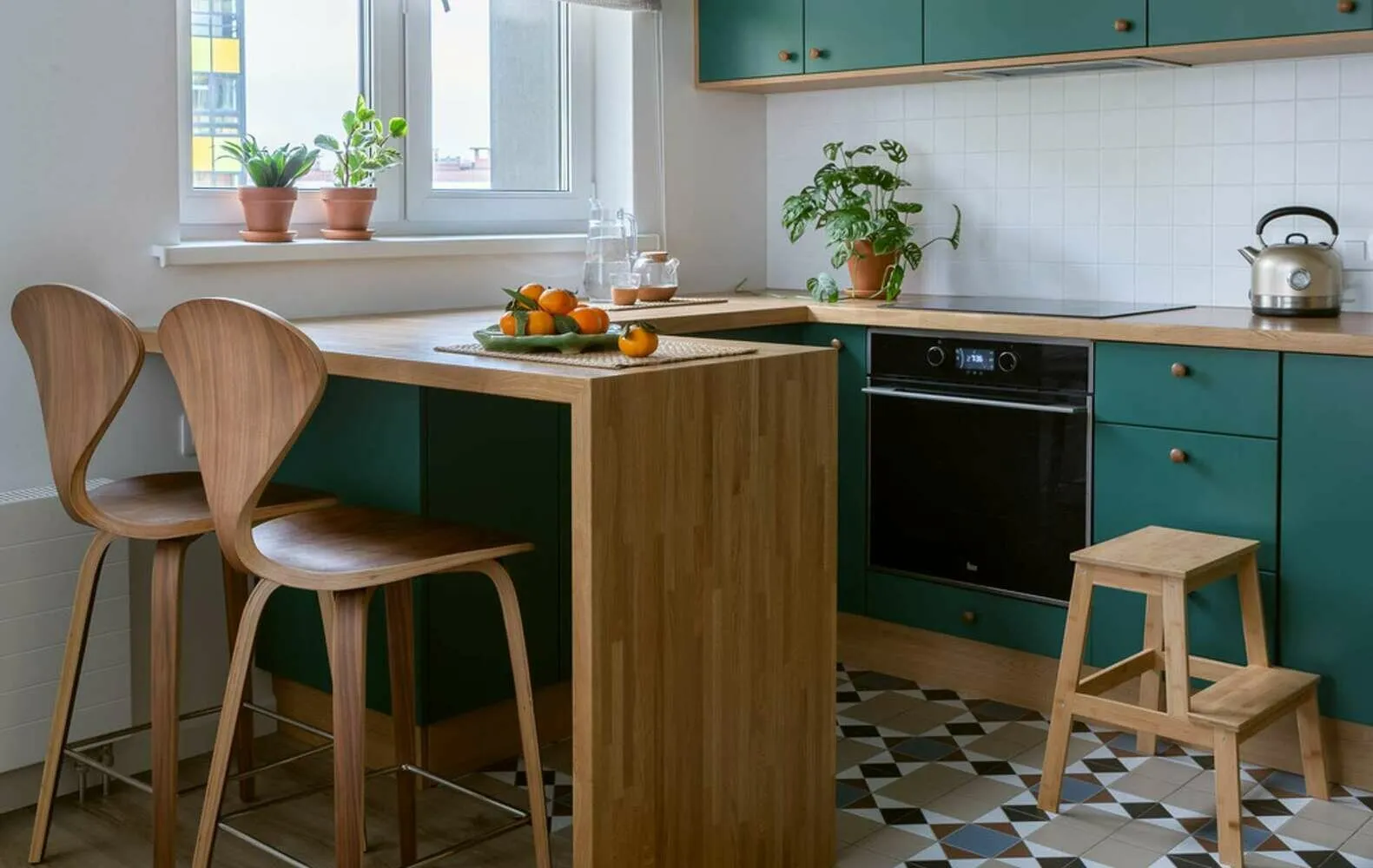
Design: I AM DESIGN STUDIO
USB Outlets Without Plugs — The Future Is Here
A modern trend is outlets with only USB ports. No classic plugs—just charging points for gadgets. They look minimalist, take up less space, and fit perfectly into modern interiors.
USB outlets are particularly convenient near the bed in the bedroom, in a child’s room, or at a desk. One such outlet replaces several chargers. Many models support fast charging and automatically detect the device type.
The only downside is that they cost more than regular outlets. A quality 4-port USB outlet costs around 3000 rubles. But no visible chargers or tangled cables.
Small Details That Matter
When planning hidden outlets, keep a few rules in mind. Always plan for 20–30% more outlets than it seems necessary now—technology is constantly growing. Outlets in furniture should be easily accessible—don’t hide them so deep you can’t reach them.
Always plan ventilation for outlets in enclosed spaces. This is especially important for charging boxes—gadgets heat up during charging. Remember: any electrical work is better left to professionals.
Hidden outlets are not only about beauty but also safety. Less visible cables mean fewer risks of tripping or accidentally damaging devices. Especially important in homes with small children.
Cover: Design project by Alina Palaginova
More articles:
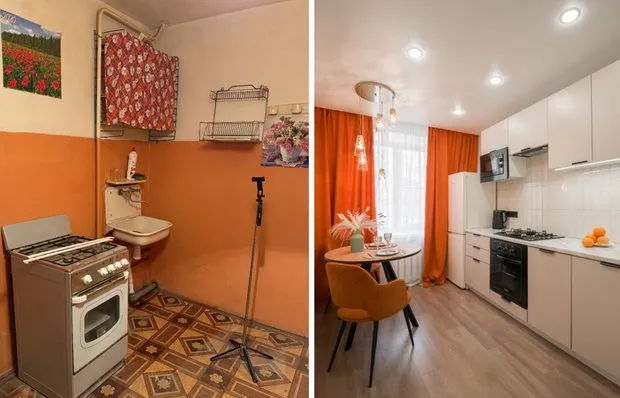 Before and After: Stylish and Budget-Friendly Transformation of a 30 m² Studio Apartment in a Brezhnev-era Building
Before and After: Stylish and Budget-Friendly Transformation of a 30 m² Studio Apartment in a Brezhnev-era Building What the Perfect Apartment Looks Like Through a Designer's Eyes: A Space You'll Want to Live In
What the Perfect Apartment Looks Like Through a Designer's Eyes: A Space You'll Want to Live In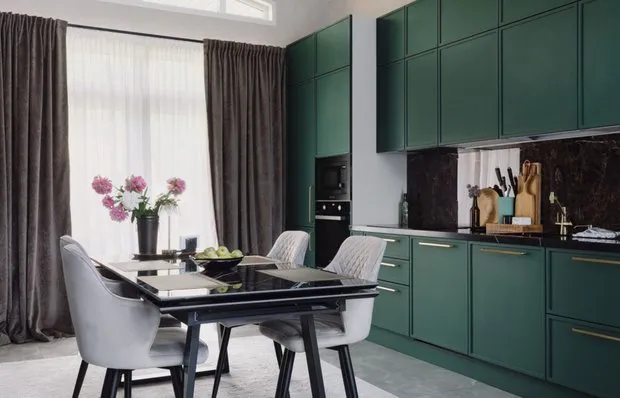 Personal Experience: How We Furnished a Cozy Country House in Istra in Two Months
Personal Experience: How We Furnished a Cozy Country House in Istra in Two Months House in the Suburbs Designed by an Interior Designer for Herself and Her Family
House in the Suburbs Designed by an Interior Designer for Herself and Her Family Stylish and Thoughtfully Designed Kitchen in a 65 sqm Loft
Stylish and Thoughtfully Designed Kitchen in a 65 sqm Loft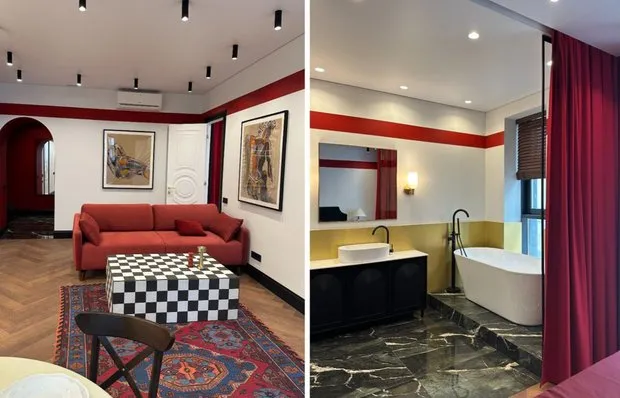 Bold and Unconventional Solutions in a Vibrant 80 m² Trash Style
Bold and Unconventional Solutions in a Vibrant 80 m² Trash Style When Interior Starts with Color: How to Choose a Palette You Won't Get Tired Of
When Interior Starts with Color: How to Choose a Palette You Won't Get Tired Of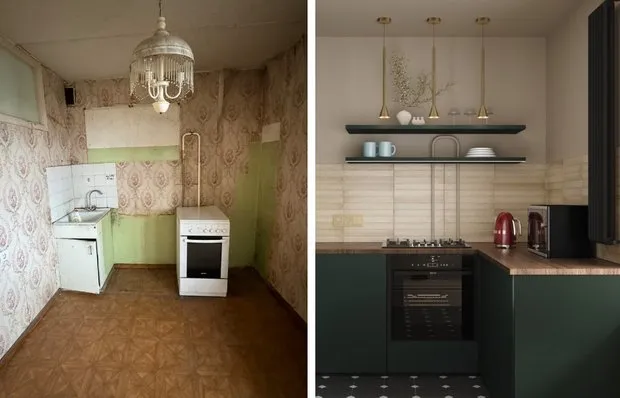 How We Redesigned an 8 m² Kitchen in a Brezhnev-Era Apartment to Make It Bigger and More Modern (Before and After)
How We Redesigned an 8 m² Kitchen in a Brezhnev-Era Apartment to Make It Bigger and More Modern (Before and After)